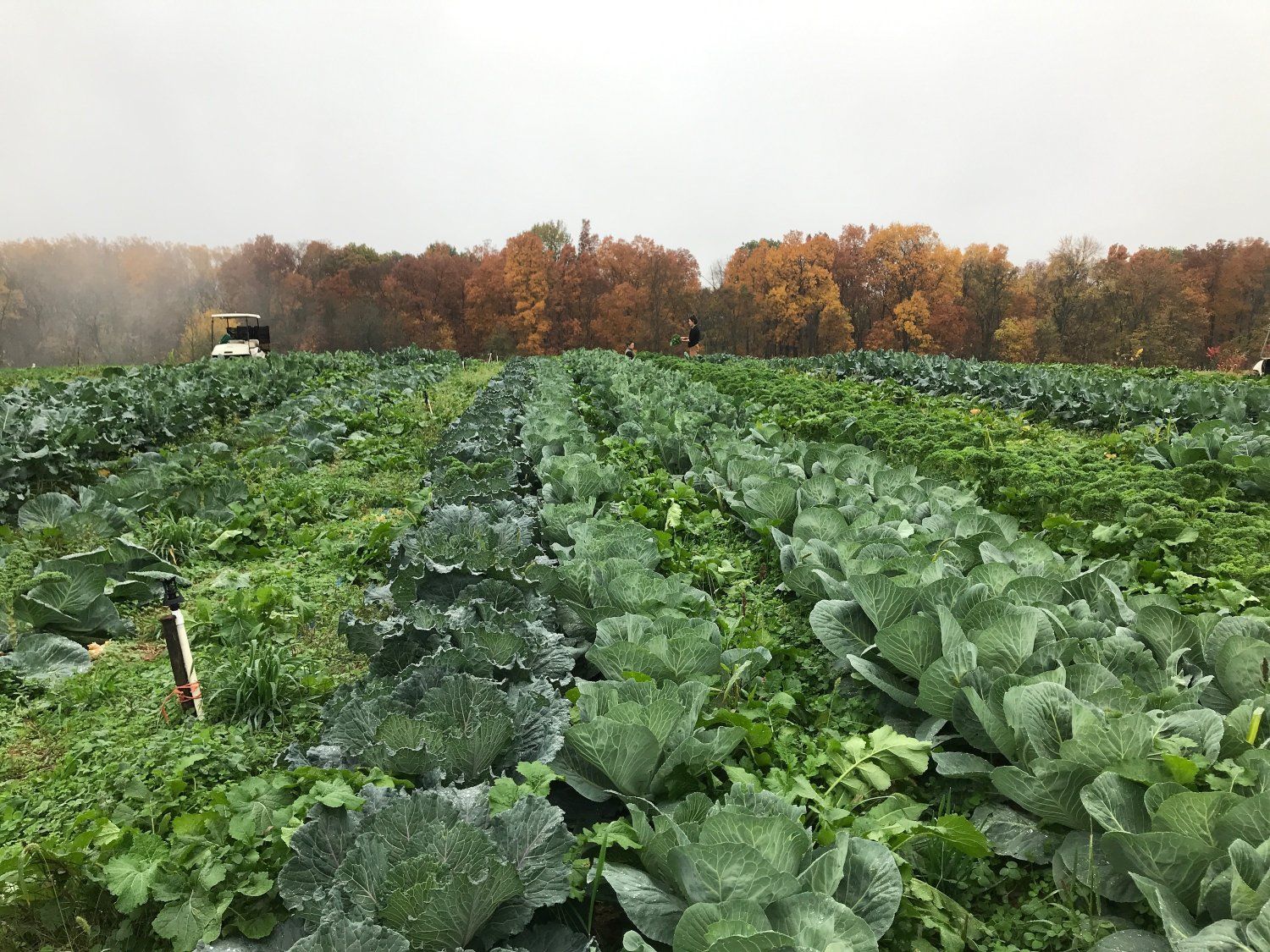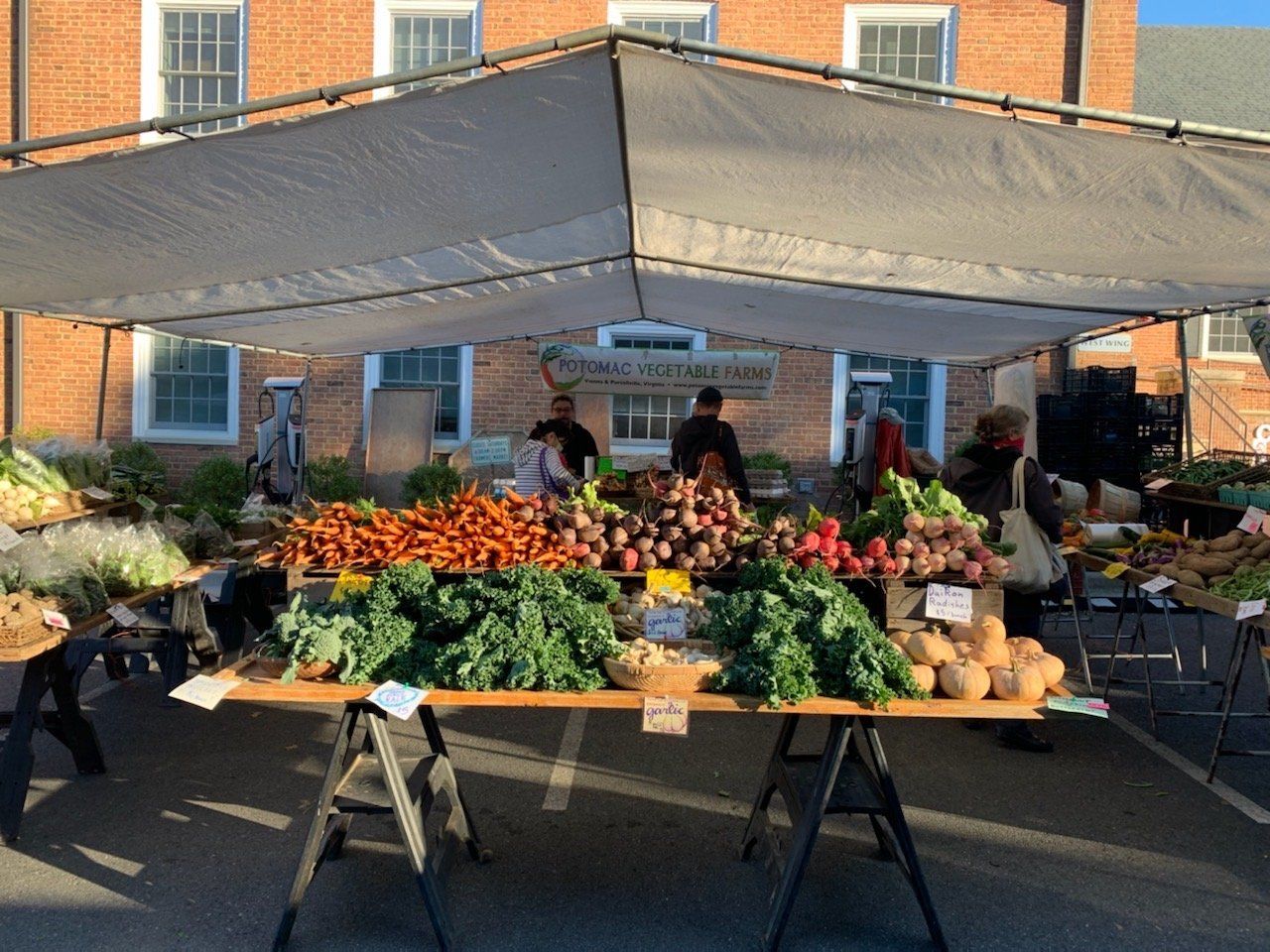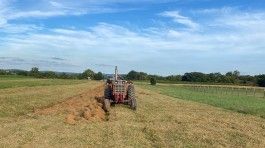 While we are focused on the daily tasks of picking leafy greens, pulling beets, and finding the last tiny eggplant of the season, others on our team are working on projects that will make next year even better.
While we are focused on the daily tasks of picking leafy greens, pulling beets, and finding the last tiny eggplant of the season, others on our team are working on projects that will make next year even better.
For the last ten years or so, we have put half of our fields in a long rotation of cover crops while the other half of the fields are producing food. We only grow cash crops on half of the farm at a time.
One year the Far Yonder Field grows onions and winter squash, the next year it grows sorghum sudan grass in the summer and barley in the winter. Next year it will be full of tomatoes and peppers and eggplant.

In recent years, this rotation has felt tight to us, as we have started to grow more vegetables to meet the increased demand. Sometimes we have to put one of the resting fields to work earlier than scheduled. This never feels very good.
 I started to look around for some solutions to this problem. We have lots of ground that is not cultivated—some of it because the soil is not very good, some because it is often too wet, some because it is outside the deer fence. But there was some very juicy ground right next to one of our best fields, and it was being used as a horse pasture. I asked my farmer friend David to look at a soil map and tell me what was under that pasture. They said it was some of the best soil on our farm. Hmmm. It took me a few years of asking nicely, but finally the horse owners agreed to give back one big field (our mother Hiu Newcomb owns all the land, but she wasn't going to get between two sisters). We immediately hired the fence professionals to come and move the deer fence.
I started to look around for some solutions to this problem. We have lots of ground that is not cultivated—some of it because the soil is not very good, some because it is often too wet, some because it is outside the deer fence. But there was some very juicy ground right next to one of our best fields, and it was being used as a horse pasture. I asked my farmer friend David to look at a soil map and tell me what was under that pasture. They said it was some of the best soil on our farm. Hmmm. It took me a few years of asking nicely, but finally the horse owners agreed to give back one big field (our mother Hiu Newcomb owns all the land, but she wasn't going to get between two sisters). We immediately hired the fence professionals to come and move the deer fence.
Last week we plowed that ground for the first time in well over a decade. The soil is gorgeous. So now we have a new acre of top quality soil, ready to jump into the rotation next year. Already 2023 is looking very promising.
For more recipe ideas you can find us on Pinterest!




